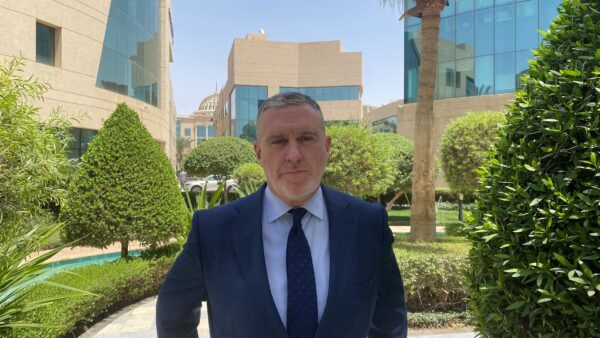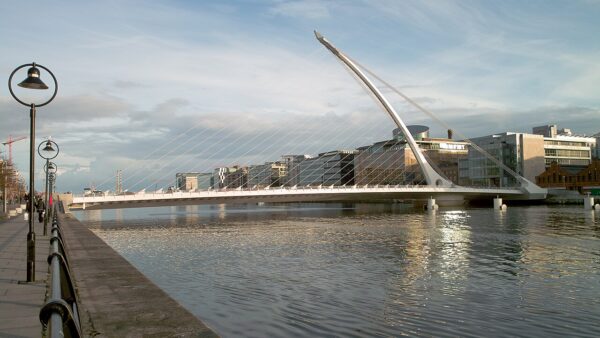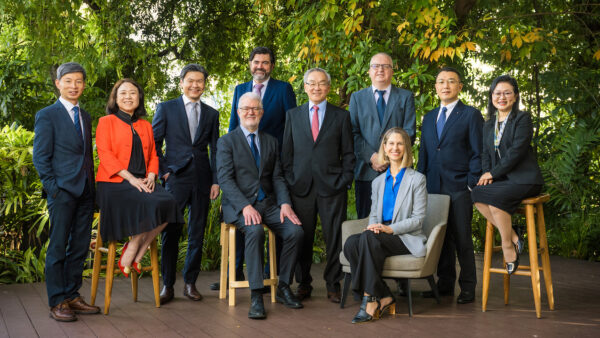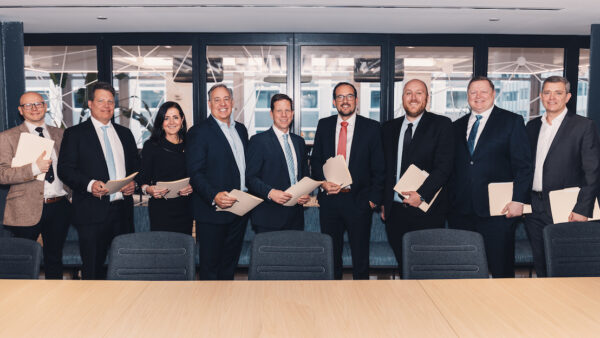One of Kuwait’s oldest design firms, SSH, has appointed a whole new tier of management in a bid to triple its size in the Gulf and MENA. Rod Sweet reports on its unique, “hybrid” strategy.
After Kuwait was liberated in February 1991, the sky still black from burning oil wells, three principals of one of the country’s oldest design firms made their way back to find ransacked offices and a workforce scattered around the globe.
It seemed like the end of a lifetime’s work for the founder, Lebanese architect Sabah Abi-Hanna, who’d started his practice as a 22-year-old in 1961, the year Kuwait gained its independence.
“This was a time of deep crisis for me on every level,” he would recall.* “I couldn’t tear my mind’s eye away from the falling apart of the company I had built up and nurtured.”
Throughout the 1970s and 80s, steered by Mr Abi-Hanna – along with civil engineer and reforming Kuwaiti MP, Salem al-Marzouk, and renowned planner, the Australian Charles Bosel – SSH designed much of Kuwait’s infrastructure and many of its buildings, and played a leading role in planning its rapid, oil-fuelled urbanisation.
But in 1991, quite literally in their smashed premises, they had to pick up the pieces.
They spent months tracking down former employees, inviting them back or, in cases where they’d set up new lives abroad, issuing back-pay they were owed.
Slowly, the company regrouped. The principals retired in 2003, prompting the first transition to second-generation ownership among Kuwait’s major design firms.
But Kuwait has been a difficult market. It has yet fully to recover its pre-invasion appetite for commercial and infrastructure investment, and bold development plans have been stalled by gridlock in the Gulf region’s only elected parliament.
Â
Moves abroad
Over the past six years SSH has made some moves abroad. It opened an office in Oman, where it is designing the Oman Convention & Exhibition Centre. It’s also designing the interior for the presidential palace in Abu Dhabi.
Otherwise, however, its overseas work has tended to be piecemeal, and for Kuwaiti clients.
But now SSH is embarking on a dramatic bid to expand beyond Kuwait. It hopes to triple its size, from approximately 500 now to 1,500, in five years.
To do this it has brought in a new tier of management, from Atkins, Hyder and other globally active firms.
Leading the charge is Bob Hope, who joined as CEO in August 2012. He was formerly Atkins’ managing director of the northern Gulf region, Middle East and India.
“The major shareholders were ambitious,” he told GCR. “They were willing to put the investment together and they convinced me that it would be a good move to make. I put some conditions down in regards to the kind of senior team I’d need to assemble if we were to pick up on their initial vision, and that was supported.”
Mr Hope, who established Atkins’ businesses in Qatar, Bahrain, Kuwait and Saudi Arabia, said that a key part of the plan is to carve out a new niche for SSH as “partner of choice” in each target country – a “hybrid” firm that can provide a landing pad for roving internationals with no local presence.
From talking to companies, he believes there is demand for such a role. “The idea that you have someone who is based across the market and, critically, has international players who understand the brands and the risk, was a big comfort to them,” he said. “Because that’s one of the biggest concerns they have in terms of relationships – ensuring that their designs are delivered as they intended.”
“And we’re no threat to their space,” he added. “We’re not like one of the big organisations who might purchase them.”
“I could see that there was an opportunity there to take an international top team and blend it with a much more efficient, cost-effective local business that’s not carrying the big overheads, and produce this sort of hybrid that was also located in all of the key markets,” he said.
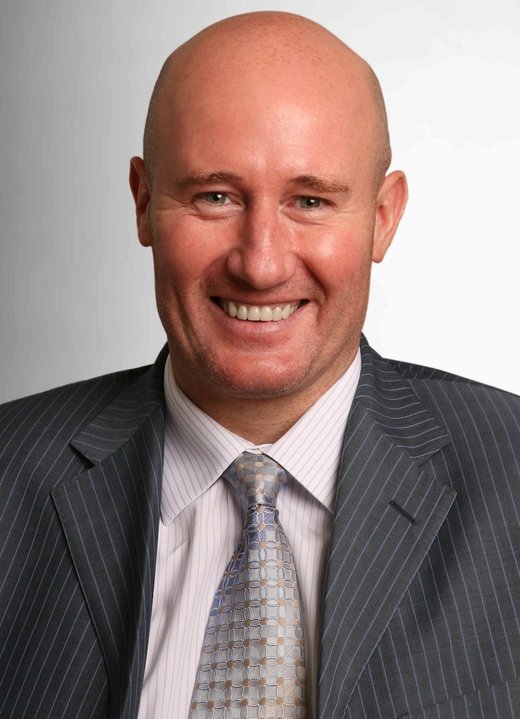
Bob Hope, new CEO of Kuwait’s SSH Design
So far about a dozen new people have joined, and another “four or five” are expected. Among the new senior appointees are:
-
Ray Phillips as design director, formerly design director for Atkins in the UK, China and the Middle East;
-
Lee Skinner as operations director, formerly with Hyder Consulting in Bahrain;
-
Simon Dennison as design principal, formerly Associate Director at Atkins; and
-
Mark Jamieson as infrastructure director, formerly Bahrain country manager for Hyder Consulting.
He wants a top team of about 20 partners, of whom some were already in SSH, including former CEO George Abi-Hanna, nephew of Sabah and board member since 1995. George Abi-Hanna will now be resident director in Kuwait.
Other new appointees include project managers who worked for internationals and an HR director formerly of Atkins and Balfour Beatty.
Â
First stop: Qatar
Qatar is first in SSH’s sights. Mr Hope, who launched Atkins there on the back of the Dukhan-Doha Highway in 2002, believes that once the major infrastructure work for the 2022 World Cup is finished, SSH can ride subsequent waves of commercial and infrastructure development.
“By the time we’re up and running there later this year the infrastructure should be in place,” he said. “That’s important because until that infrastructure footprint is understood it’s difficult for the building and the private development market to feel comfortable about exactly where their developments fit in. We see Qatar as an exciting opportunity over the next five years.”
“We’re also looking to register in Bahrain,” Mr Hope said. “We’re in negotiations for a partnership in Saudi Arabia, because you need to partner there. We’ve also moved into Kurdistan. We’re looking at Iraq. We are registered in Algeria, because we’re doing a project there, but it’s not an immediate target.
“Essentially what we want to do is become as strong as we are in our current market in all of the six GCC countries [Gulf Cooperation Council] and then begin to expand into MENA.”
The goal is 1,500 staff in five years, but he added: “If we go a bit slower or a bit quicker, it’s fine.”
Unusually for the head of a multidisciplinary design firm, Bob Hope is not an engineer or architect, but a chartered builder. He arrived in the Middle East first to work on Dubai’s Burj al Arab with Balfour Beatty, and later moved into a project management role in Saudi Arabia with Atkins, where he was known as Bob the Builder, after the star of the famous British children’s television show.
He said that although he has been Bob the Designer now for as long as he was ever Bob the Builder, his background in contracting has been useful in establishing design businesses because contractors have traditionally been stronger than designers in project and commercial management.
He believes this will stand him in good stead as SSH embarks on its historic expansion bid: “Obviously what you never lose from a contracting point of view is you’ve got to keep an eye on the numbers.”
* From SSH: The First 50 Years published by SSH Design, February 2013, edited by Rod Sweet.





